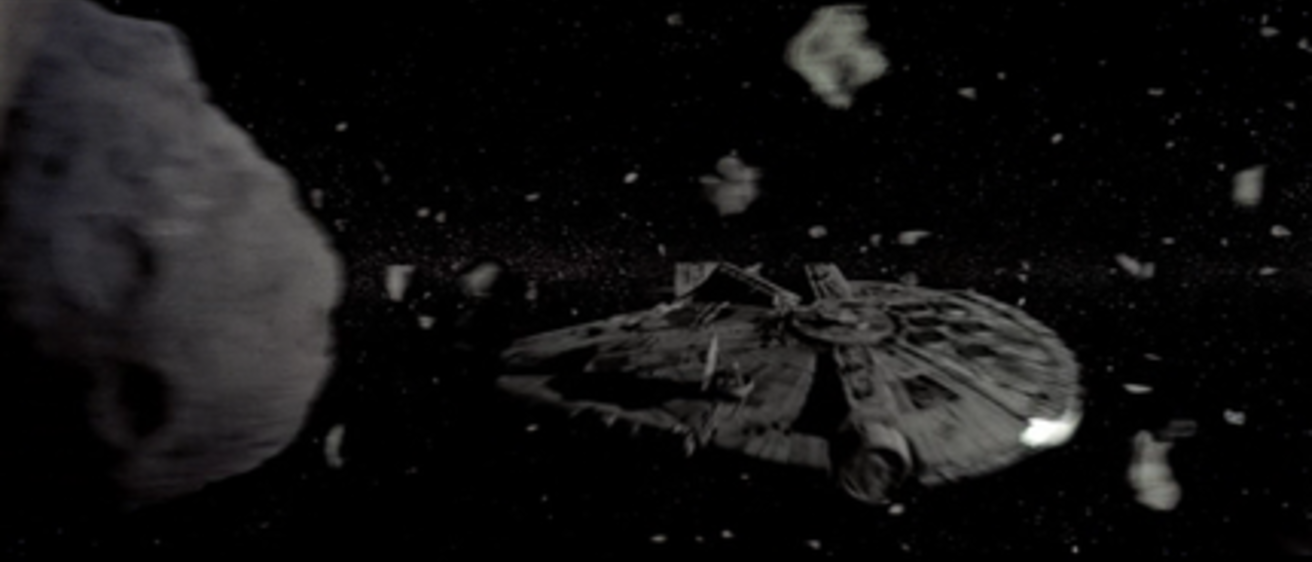
Breadcrumb
- Home
- Labs
- Advanced Labs
- Main Belt Asteroids
- Pre-Lab Quiz: Asteroid Assay
Pre-Lab Quiz: Asteroid Assay
Discuss each question with your team. Be prepared to explain the reasoning behind your team's answers after the quiz.
- Asteroids are
- destroyed planets.
- planets captured from outside the solar system.
- chunks of frozen ice and methane.
- debris left over from the formation of the Solar System.
- Asteroids are close enough together that
- probes traveling to the outer planets must dodge and weave between them.
- their gravity will eventually pull them together into another planet.
- they appear as a fuzzy belt across the sky on clear nights.
- if you stood on one you could maybe see one other asteroid with the naked eye.
- Ceres, the largest known asteroid in the solar system, is roughly the size of
- a school bus
- Van Allen Hall
- Texas
- Earth
- Which of the following statements is FALSE?
- Most of the asteroids in the Solar System are found between Jupiter and Neptune's orbits.
- Some asteroids cross Earth's orbit.
- An asteroid's right ascension and declination are constantly changing.
- Asteroids shine by reflected sunlight.